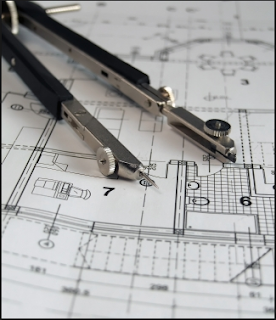CIRCUIT AND SYSTEMS:
ELECTRIC_CIRCUIT [8th Edition] by NILSSON / RIEDEL [pdf Download Link: https://goo.gl/O6DsfW
Solution Manual ELECTRIC_CIRCUIT [8th Edition] by NILSSON / RIEDEL [pdf Download Link: https://goo.gl/J3QhJY
Introduction_to_Electric_Circuits_Edition_9 Dorf & Svoboda: https://goo.gl/VuA3IG
Download PsPice Software : https://goo.gl/p8QK7z
Download PROTEUS Software : https://goo.gl/qYWCOM
Digital_Logic_Circuit_Analysis_and_Design.pdf Download Link: https://goo.gl/8qZiNj
What Is Electric Circuit?
An electric circuit is a path in which electrons from a voltage or current source flow. The point where those electrons enter an electrical circuit is called the "source" of electrons. The point where the electrons leave an electrical circuit is called the "return" or "earth ground".
What is Circuit Engineering?
In this book, linked above, you would be able to read and understand
- Circuit Variable
- Circuit Elements
- Simple Resistive Circuits
- Techniques of Circuit Analysis
- The Operational Amplifier
- Inductance, Capacitance, and Mutual Inductance
- Response of First-order RL and RC Circuits
- Natural and Step Responses of RtC Circuits
- Sinusoidal Steady-State Analysis
- Sinusoidal Steady-State Power Calculations
- Balanced Three-Phase Circuits
- Introduction to the Laplace Transform
- The Laplace Transform in Circuit Analysis
- Introduction to Frequency Selective Circuits
- Active Fitter Circuits 606 Fourier Series
- The Fourier Transform
- Two-Port Circuit
ELECTRIC_CIRCUIT [8th Edition] by NILSSON / RIEDEL [pdf Download Link: https://goo.gl/O6DsfW
Solution Manual ELECTRIC_CIRCUIT [8th Edition] by NILSSON / RIEDEL [pdf Download Link: https://goo.gl/J3QhJY


